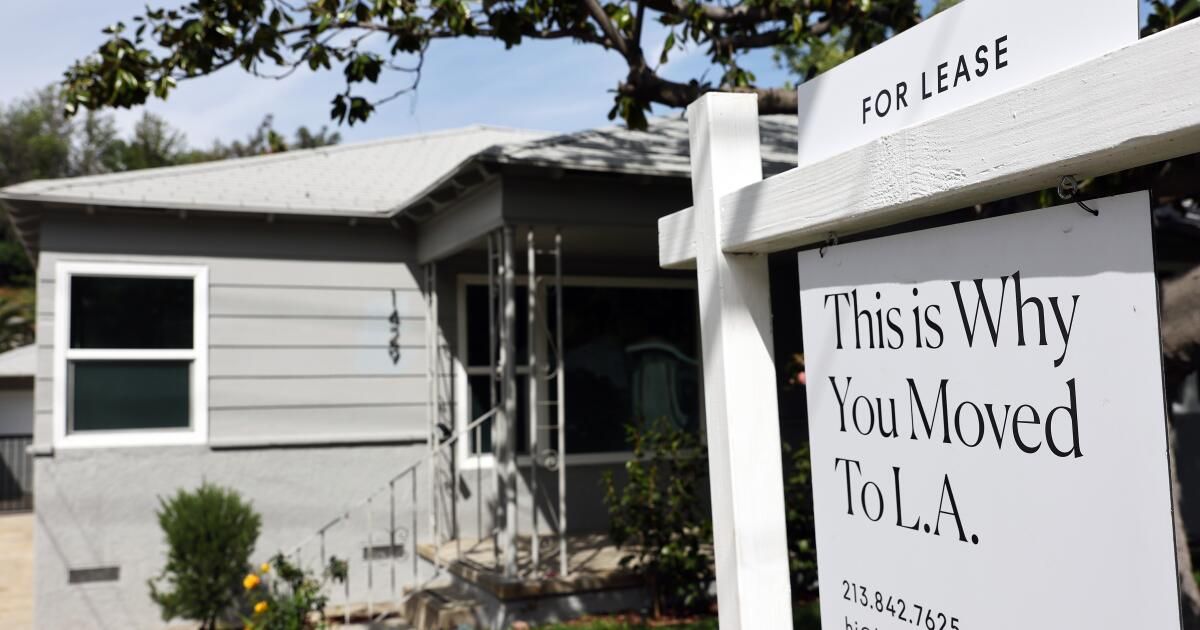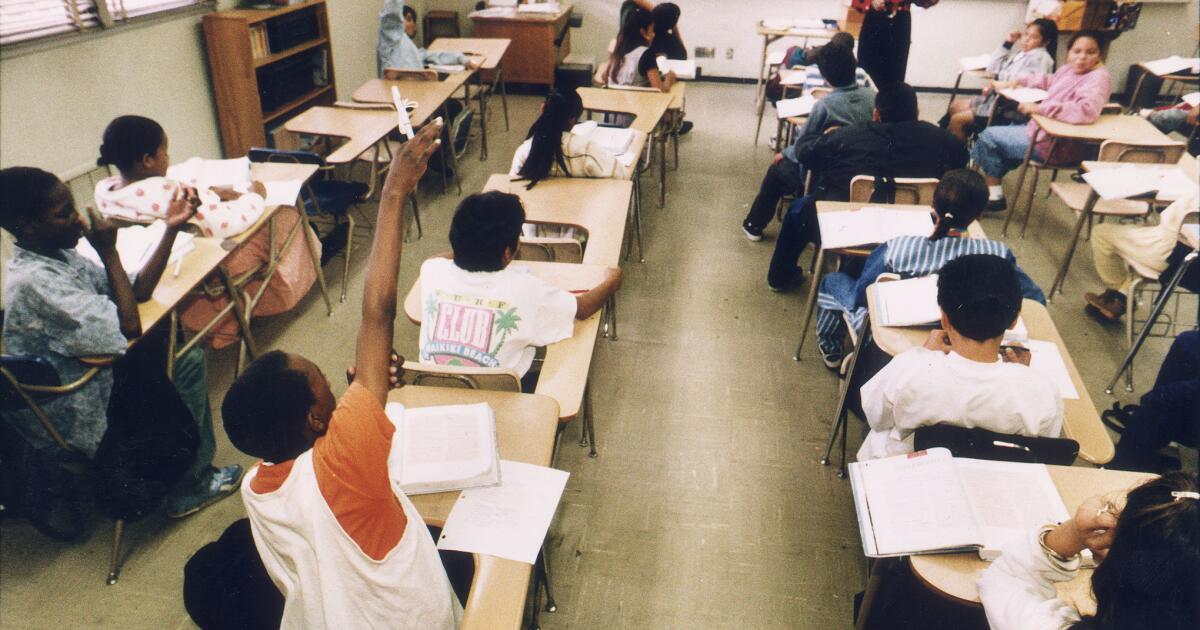In the midst of the housing crisis in Los Angeles, one fact should sound alarm bells: Seniors are estimated to be the fastest growing segment of California's homeless population.. He average monthly social security benefit of $1,907 does not cover the typical cost Monthly rent for a one-bedroom apartment in Los Angeles. As the US population ages As the cost of living continues to rise, the challenges facing seniors on fixed incomes will likely worsen.
This topic hits close to home for me. Professionally, I spend a lot of my time with seniors who are afraid of losing their homes. Personally, as I watch my parents and grandparents age, I worry about how we will manage their expenses in the future. In Los Angeles, the average Monthly cost of living in an assisted living facility or a nursing home exceeds $5,000 and $10,000, respectively. Seniors considering moving into one of these facilities worry about depleting savings they intended to use for medical expenses or to pass on to family members. But for those prone to falls or other health emergencies, staying alone in their homes can be dangerous.
One solution is home-sharing programs that match older homeowners with compatible roommates. In addition to making empty rooms in single-family homes available to those seeking affordable housing, this type of system offers a variety of other benefits, including additional income for homeowners and companionship to offset loneliness (which is associated with an increased risk of dementia)They also allow seniors to maintain their independence as they age.
The team I work with recently connected a tenant in her 70s who was dealing with isolation due to limited walkability in her neighborhood. She had mobility issues and didn’t own a car, so she couldn’t run errands on her own. We connected her with another senior in her 70s, a homeowner who was struggling to make ends meet. The couple provided the tenant with affordable rent and put her closer to essential services, and gave the landlord additional income—a mutually beneficial arrangement that helped both achieve housing stability and some independence.
Policymakers working on the housing crisis should seriously consider increasing investment in the co-living model. In Los Angeles, one potential source of funding is money raised ULA Measurea real estate transfer tax on properties valued at $5 million or more that was passed in 2022. This measure It has generated more than 200 million dollars since it came into force in April 2023, part of which could be used for home-sharing programs.
By using Measure ULA funds, existing shared housing programs could be expanded, and with more staff, dedicated teams could serve each Los Angeles council district, helping to identify more available rooms and find seniors in need. Additionally, these funds could be used to establish a senior rental subsidy program. Participants would contribute a portion of their income toward rent, with a rental subsidy voucher covering the remainder, to ensure that landlords or owners receive fair market rent. This would provide immediate relief to participating seniors, allowing them to afford to pay their rent. Avoid long waiting lists for Section 8 vouchers.
Non-profit organizations throughout California, including Front porch in the Bay Area and Orange County Homeless Intervention Serviceshave proven that the co-housing model works and can change lives. But for these programs to help the growing number of seniors facing housing insecurity, political leaders must step in with financial support. In Los Angeles, Measure ULA funding can be a starting point to help residents avoid housing stress during their golden years.
Avi Kapur manages the shared housing program at the Los Angeles nonprofit Affordable Living for the Aging.












